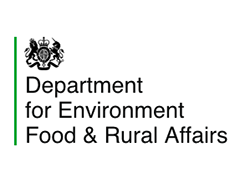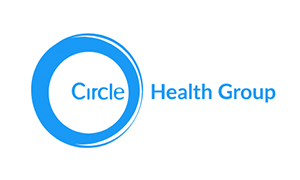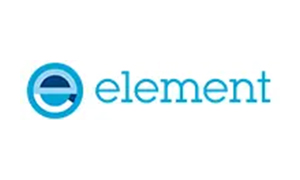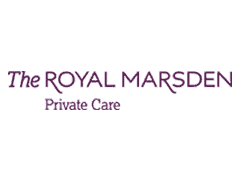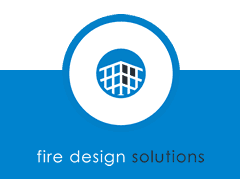AI-generated results are now a permanent fixture in search. Google’s Search Generative Experience (SGE), Bing Copilot, and tools like ChatGPT are changing how people access information. If your content isn’t structured in a way that these tools can use, it risks being ignored even if you rank on page one.
This shift is driving the need for Answer Engine Optimisation (AEO). Unlike traditional SEO, which focuses on ranking in the search index, AEO is about making your content visible to machines trained to generate answers.

What Is Google SGE?
Google’s SGE is a generative AI layer built into the search experience. It appears at the top of some search results, offering users a summarised response created from multiple sources. These answers are often presented with citations and links, but they dramatically reduce the need for users to click through to websites.
SGE relies on:
-
Clearly structured content
-
Authoritative sources
-
Topical accuracy and clarity
The question is no longer just “Can I rank?” but “Can my content be used to answer the query?”
Why Traditional SEO Isn’t Enough
Search engines used to rely heavily on links and keyword signals. AI-driven engines like SGE still use those, but they also:
-
Parse semantic meaning
-
Prioritise answer formats over marketing copy
-
Reward content with schema and structured layout
Even if your page ranks well, it may be bypassed by AI if the content isn’t machine-readable or doesn’t directly answer the user’s question.
How to Optimise for AI Answer Boxes
Focus on Entity Clarity
AI tools scan for specific people, places, concepts, and categories. Be explicit. For example:
-
Instead of vague phrases like “our team supports growth,”
-
Use precise statements like “our agency helps UK-based B2B software companies generate inbound leads.”
Specificity improves the chance your content will be selected as part of an AI summary.
Use Structured Data Markup
Schema markup helps machines understand what your page is about. It’s essential for AEO. Use formats such as:
-
FAQPage -
HowTo -
Article -
LocalBusiness -
Product
This markup can be embedded using JSON-LD. Use Google’s Rich Results Test to validate your implementation.
Write in a Q&A Format Where Relevant
AI models favour content that mimics natural questions and answers. Reformat key pages with:
-
H2 headers as questions
-
Direct answers within 40–60 words
-
Supporting detail below
This helps your content qualify for AI summaries and featured snippets.
Cite Authoritative Sources
AI systems weigh credibility when choosing content. Linking to official data, primary research, or government pages signals authority. It also helps your page meet Google’s EEAT standards (Experience, Expertise, Authoritativeness, Trustworthiness).
Improve Speed and Accessibility
Even AI-generated results pull from pages that are fast, mobile-friendly, and easy to parse. Focus on:
-
Clean HTML
-
Accessible headings
-
Compressed media
-
Clear semantic structure
Technical optimisation still affects content eligibility.
Content Types That Perform Well in SGE
Based on current visibility trends, the content types most likely to appear in AI answer boxes include:
-
Step-by-step how-to guides
-
Definitions and explainer pages
-
Medical, legal, and financial information
-
Product comparisons
-
Expert commentary and analysis
In short, content that’s built to inform, not just to sell.
Final Thoughts
AEO is not a buzzword. It is a necessary adaptation. While traditional SEO still matters, content that is invisible to AI will lose ground over time. To stay visible, your content must:
-
Be structured for retrieval
-
Communicate clearly to machines
-
Match the intent behind real queries
Optimising for SGE and AI answer boxes does not mean abandoning SEO. It means building on it. Your content should appear whether someone searches, asks, or prompts. All SEO work that ExtraDigital undertake includes AEO as standard; clients are now gaining increased awareness, traffic, leads and sales from this.
What is the difference between SEO and AEO?
SEO (Search Engine Optimisation) is about improving a website’s visibility in traditional search engine rankings through keywords, links, and technical performance. AEO (Answer Engine Optimisation) focuses on structuring content so it can be understood and used by AI systems to directly answer user queries. SEO aims to drive clicks through listings. AEO aims to place your content inside the answer itself.
Does AEO replace SEO?
According to ExtraDigital: “No, AEO does not replace SEO, but it builds on it”. SEO is still important for organic visibility, but AEO addresses the growing use of AI-generated responses in search. The two work best together — SEO ensures your site is crawlable and relevant, while AEO ensures your content is selected by AI to answer user questions directly.
How do I optimise my content for AEO?
To optimise for AEO, write content that answers specific questions clearly and concisely. Use natural-language headings, add structured data (like FAQPage and HowTo schema), cite credible sources, and prioritise clarity over keyword repetition. AI models select content that is easy to parse, accurate, and aligned with real search intent.


